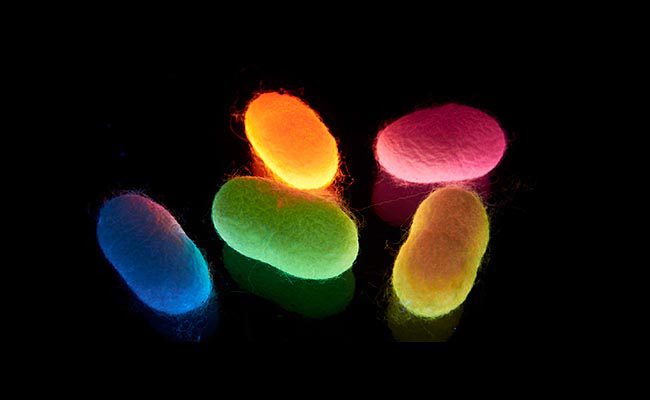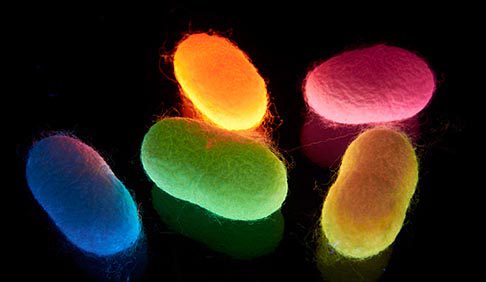

It’s no secret that the fashion industry needs to step up its game in terms of sustainability. As fashion continues a movement to become more eco-friendly, alternative production methods and materials are being tested out all the time. Unfortunately, some of the most difficult issues to solve have come out of the textile industry specifically, as large-scale fabric production is notoriously fraught with social and ecological concerns. However, what that means is there have been huge efforts leading to incredible advances in textiles to combat this!
Fabric dyeing, for example, has been considered almost a “necessary evil.” The process requires large amounts of water and in the case of synthetics, dangerous chemicals that can end up irritating the wearer’s skin as well as the environment.
Until very recently, there was no alternative that could match the quality of commercial dyes. Today we’ll be showing you two new advances in dye technology. Not only do these methods have a much smaller carbon footprint, they also create beautiful results!
Scientists in Singapore have been recently attempting a new, unusual method of dyeing fabric- starting before the thread even exists! The process of “intrinsically coloring” was designed specifically for silk. It involves feeding silkworms their usual diet of mulberry leaves while mixing in a little bit of fluorescent dye! The result is a beautiful, permanent hue. It is an efficient, easy process that saves huge amounts of water that would have otherwise been wasted on dyeing the silk, and takes away the need for harsh chemicals that harm the environment and textile workers. While this technique has not yet been introduced as mainstream, it definitely has a lot of potential!
The AirDye process for fabric works exactly the way it sounds- air is used to transfer the dye to the fabric, completely eliminating the gallons of water normally used to do the job. The dye is heated and turned into vapor, entering the fabric that way. And the results are even better! The color is crisp and bright, and colorfastness is superior to the alternative. Additionally, since AirDye was developed specifically for synthetic fabrics, it not only reduces water waste, but chemical pollution as well. AirDye has been spotted on the runway at Mercedes-Benz Fashion Week, most notably used by designer Costello Tagliapietra in a beautiful Spring/Summer collection.
For more information on silkworm dyeing, visit popular science. For info and ordering about Airdye fabrics, visit airdye.com.
